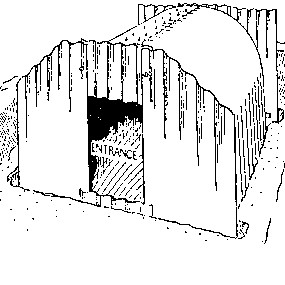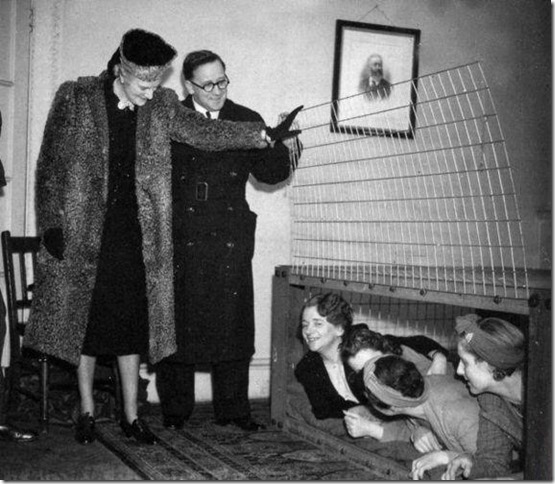
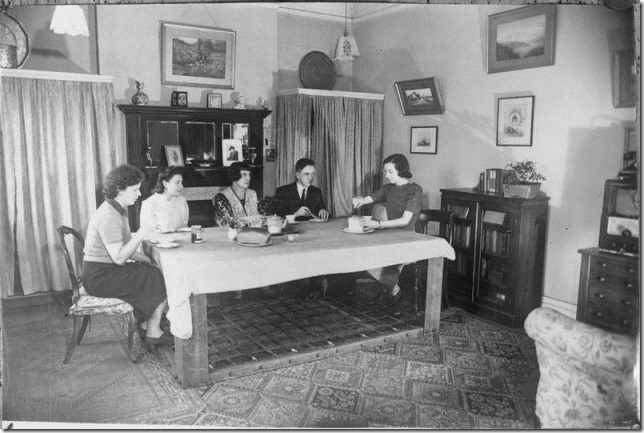
Also widely distributed during World War 2 were Morrison ‘Table’ Shelters. These were of particular value to those without a garden in which to build an Anderson shelter. They also had the benefit of being indoors so were less prone to the discomforts of the cold, darkness, spiders, and water-logging.

Morrison shelters came in assembly kits and were bolted together inside the home. They were approximately 2m long, 1.2m wide and 0.75m high. They had a solid 3mm steel plate “table” top, welded wire mesh sides, and a metal lath “mattress”- type floor. The rectangular holes in the mesh were 2 inches by 6 inches – and it is interesting that such mesh is no longer routinely manufactured these days – the holes are generally much smaller. Despite the seeming simplicity, the shelter kit contained 359 parts and three tools. The shelter was provided free to households whose combined income was less than £400 per year (£22,000 in 2015).
The wartime government tested the strength of Morrison shelters by demolishing a bomb-damaged house on top of a shelter containing a mannequin.
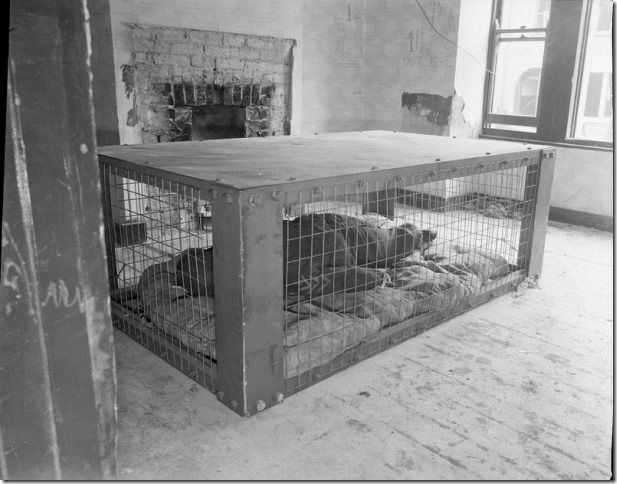
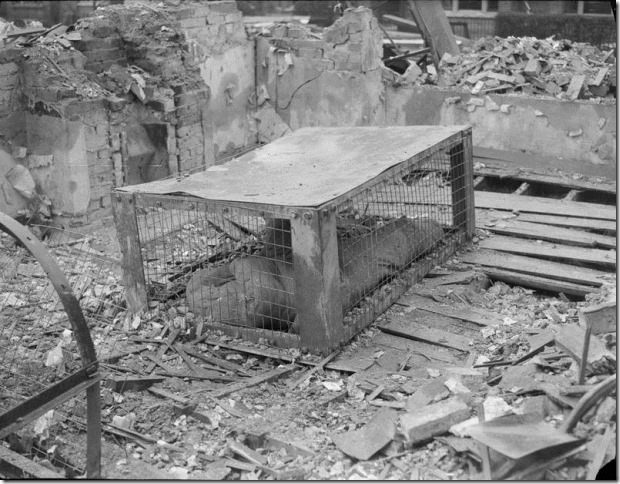
Half a million Morrison shelters had been distributed by the end of 1941, with a further 100,000 being added in 1943 to prepare the population for the expected German V-1 flying bomb (doodlebug) attacks. In one examination of 44 severely damaged houses it was found that three people had been killed, 13 seriously injured, and 16 slightly injured out of a total of 136 people who had occupied Morrison shelters; thus 120 out of 136 escaped from severely bomb-damaged houses without serious injury. Furthermore it was discovered that the fatalities had occurred in a house which had suffered a direct hit, and some of the severely injured were in shelters sited incorrectly within the houses.
The metal from Morrison shelters was often recycled after the war. These photos show ex-shelter angle irons being used as a fence post, and to hold up an asbestos wall of a garage.
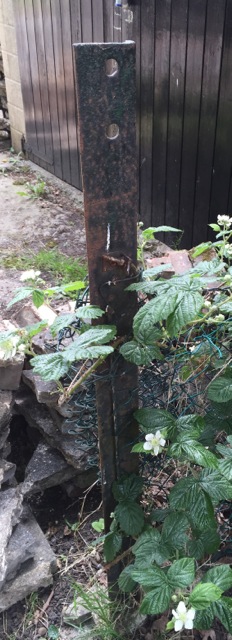

For further information on Morrison shelters, visit these resource on Wikipedia and the Imperial War Museum website.
